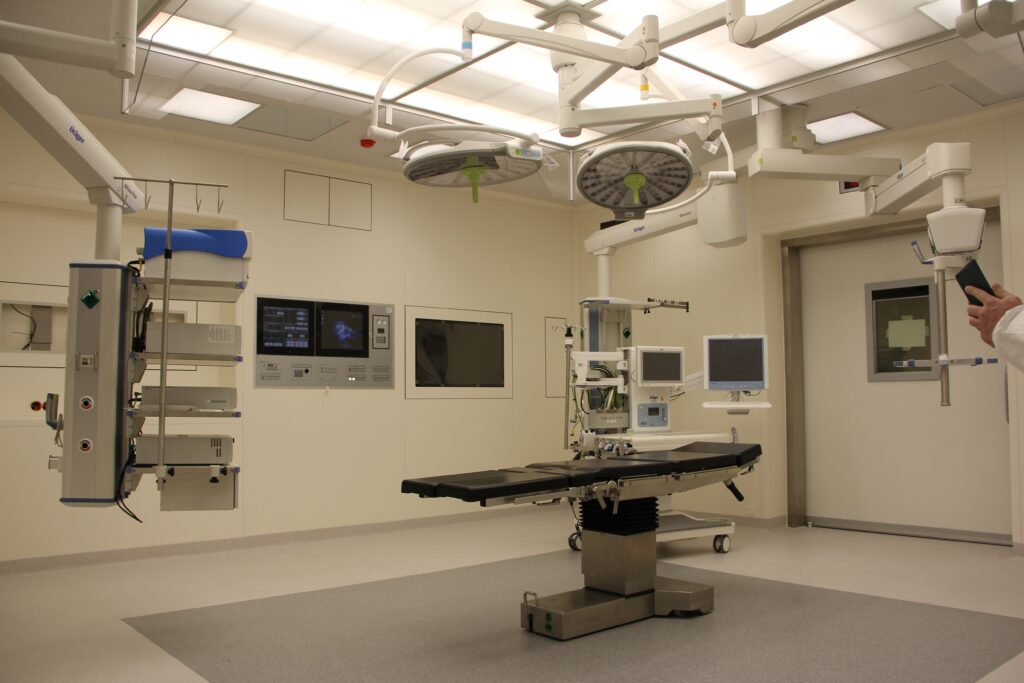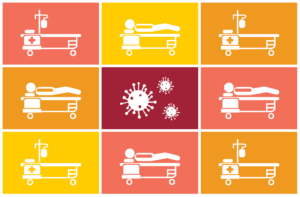USC Schaeffer white paper illustrates procedure’s benefits for older Americans yet uptake remains low
Elderly Americans are at risk for valvular heart disease. In fact, over 13% of adults 75 and older are living with a valvular heart disease diagnosis like aortic stenosis.
Traditional treatment for the disease was open-heart surgery or symptom management. First introduced in 2011, transcatheter aortic valve replacement (TAVR) is a less invasive alternative to open-heart surgery, making it a viable option for many older Americans who are considered too high risk for traditional surgical methods.
Yet despite this innovation, “more than half of aortic stenosis patients are still being medically managed instead of receiving TAVR,” notes Darius Lakdawalla, director of research at the USC Schaeffer Center and co-author of a recently published Schaeffer Center white paper on the subject.
Lakdawalla and his colleagues analyzed the advantages of TAVR for older patients who would not otherwise receive traditional surgical treatment options of aortic stenosis.
Healthier outlooks overall
The research drew upon Medicare and clinical trial data to gauge the social value of TAVR procedures. “Social value is based on the willingness to pay for a particular healthcare service,” says Duncan Ermini Leaf, research scientist at the Schaeffer Center. “This is important to calculate because it provides a quantitative estimate of whether or not this technology is utilized to its full potential.”
Sign up for Schaeffer Center news
This information was entered into the Schaeffer Center’s Future Elderly Model (FEM), a microsimulation of older Americans that accounts for health risks, chronic conditions and other factors.
“We forecast outcomes for a cohort of patients over 65 who underwent TAVR between 2019 and 2020,” Bryan Tysinger explains. “Then we predicted outcomes for the entire population of patients that age who had the procedure at any time from 2011—when TAVR was first performed in the U.S.—to 2040.” Tysinger is director of health policy simulation at the Schaeffer Center and oversees the development of the FEM.
The overall risk of surgery for the real-world patient population does not exactly match the participants in any single clinical trial. The authors considered the social value if real-world patients looked like the highest risk clinical trial patients, whose health concerns excluded them from surgical valve replacement. They also estimated the social value if real-world patients looked like the average surgery-eligible patient seen across multiple clinical trials.
Assuming a value of $150,000 for each additional year of life, key findings include:
- TAVR has cumulative social benefits of $114.75 billion over 2011–2040 when real-world patients look like the high-risk clinical trial participants
- The cumulative social value would be $58.6 billion when real-world patients look like the average-risk clinical trial participants
- When calculated per patient, the values average $63,477 and $31,132, respectively.
“The only exceptions to positive value were for patients who suffered stroke before the TAVR procedure, have lung disease or face one or more other difficulties in activities related to daily living,” Leaf says.
The overall finding of positive social value spanning groups of different ages and comorbidities is important, Lakdawalla observes. “The patients we studied reflect the actual composition of Medicare beneficiaries, while clinical trials often select healthier patients,” he notes.
Yet, many patients’ needs are still going unmet the authors note. Given the high value of this device, developing policies and procedures to incentivize use in the appropriate patient populations should be an important priority for Medicare, they suggest.
Soeren Mattke, research professor of economics at the USC Dornsife College of Letters, Arts and Sciences, also contributed to the study. Support for this research was provided by the USC Schaeffer Center for Health Policy & Economics, the National Institute on Aging (P30AG024968) and Edwards Lifesciences. In addition, the Schaeffer Center is supported by unrestricted donations from a variety of public and private entities, including companies that make medical devices. These are listed in our annual report which can be found on our website.



